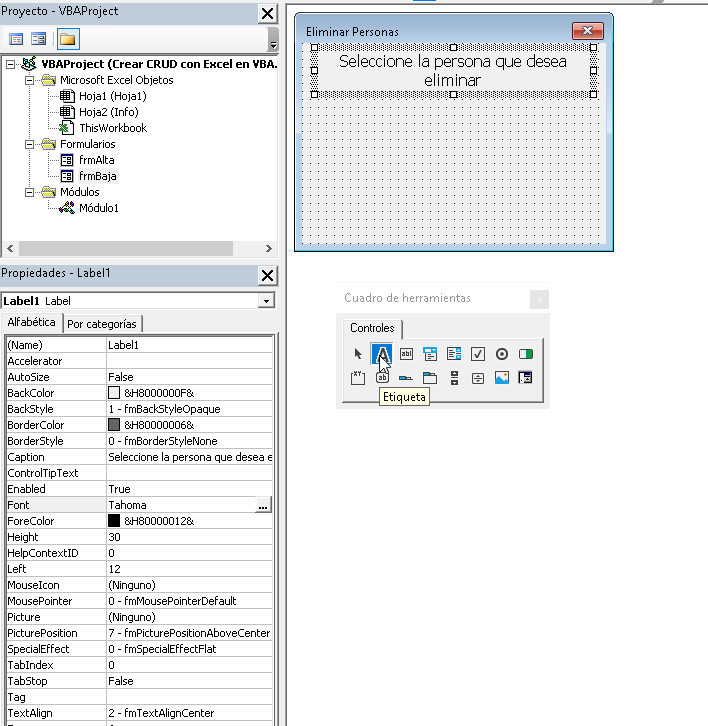

Tracking your Excel Workbooks with Google Analytics Shared Encryption/decryption library for Google Apps Script. Get post data from Blogger into a google Spreadsheet with the Google Blogger APIĪccessing and scriptDB noSQL databases from Excel

Google Apps Script Content Service – Cross Domain Puzzle More cool stuff you can do with Google Apps ScriptDbĪre the new Google Sheets faster than the old? Google Universal Analytics – getting insight into desktop apps too I’ve just been recognised as a Google Developer Expert as a substitute for ScriptDB in Google Apps ScriptĮurovision song contest voting oddities – interactive visualization Using universal analytics to track your Google Apps Script library usage How many requests a second can you throw at your Google Apps Script webapp Google Apps Script locking and optimum wait times and the golden ratio Some best practise notes on DbAbstraction usage Running JavaScript directly from Excel makes ‘going Google’ easier Targeting training material for Google Apps ScriptersĪ belated post – 2015 – a year in Apps Script What I’ve learned from my first play around with BigQuery/Sheets integration Using an Apps Script webapp to distribute assets Use a spreadsheet as a database in 5 minutesĢ018 – yet another year in and out of Google Apps ScriptĪpps Script Back end platform – some thoughts on a different approachĪpp Maker – Build engaging custom apps on G Suite with minimal coding Google Apps Script – What a difference 5 years make Parsing custom JSON data in Excel can require some thinking.Google Apps Script – What a difference 5 years make – Episode 2 In Power Query lists are expanded to new rows in the table and records are expanded to new columns.

One might start with an array and so return a list, but some might start with an object and return a record. Things get more complicated when you have JSON columns where the strings are different in each row. There are other ways you can connect to JSON data including connecting directly to a JSON file. So far, we have looked at getting JSON data into Power Query using an Excel table and directly from a URL. More complex JSON data extractions in Excel To load it back to excel, select File and Close & Load. You can now use this data for further analysis in Excel or Power Pivot. Once we expand this, we are at the end of the JSON data and have extracted the relevant columns. However, the field named what contains an array, which is again shown as a list (or array) which needs to be expanded When we select OK, we get a new column in our data table for each data field. From here we see we have the names of 3 data fields, Follower, Following and What We can expand this record, by pressing the arrow on the column. The record will contain the data.Īs we do not need the name of the array, we can use the filter to remove all the follow rows The json column now has a row for the name of the array, which is follow, and a record. What is returned is two lines for each tx-id. To do this click on the arrows on the top of the column and select Expand to New Rows. Next, we need to expand this list to new rows. Power query will recognise the first [ and create a list format. To parse the json column, first select the column, then on the Transform Ribbon select Parse and select JSON On the canvas you can see your data and, on the right, you can see any transformation steps that have taken place. Select the cells the contain the data and tick the box to say that your table has headers. If your data is not in table format, Excel will then prompt you to create a table. For Example ]Ĭlick on any of the cells that contain the data and from the Data Ribbon select FROM Table/Range An object being a name/value pair separated by a comma.

For Example “name” : ”paulag”, “Sex” : “Female” Data is shown in name/value pairs separated by : For example “name” : ”paulag”.The syntax for JSON comes from JavaScript and can be summarized as follows: Many API calls will return JSON format and many web apps use JSON which easily moves information around the internet. It is easy to read, and it is easy to parse, even with Excel. JSON data is a way of representing objects or arrays. If you are not familiar with Excel Power Tools you can find out about them here. We are also powered with STEEM so you can earn while you learn. This article contains data tables to download so you can practice along and master the art of parsing custom JSON data using Excel. To Parse complex JSON Data using Excels Power Query.How to Parse simple JSON Data using Excels Power Query.However sometimes this data might require a little manipulation to be fully understood and analysed in Excel. To Parse Custom JSON data is to split out its name/value pairs into a more readable useable format.Įxcel is a powerful tool that allows you to connect to JSON data and read it.


 0 kommentar(er)
0 kommentar(er)
